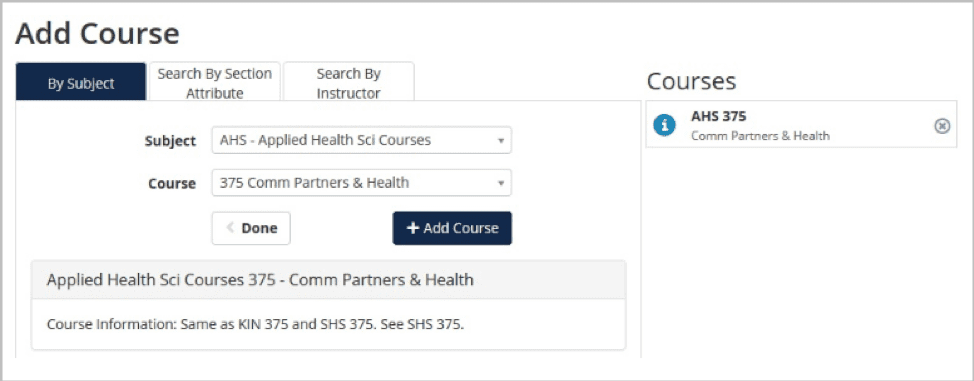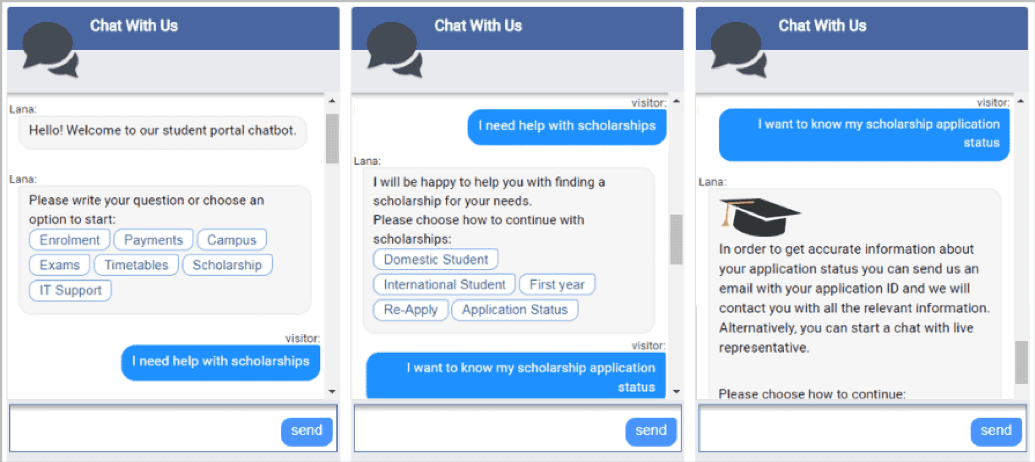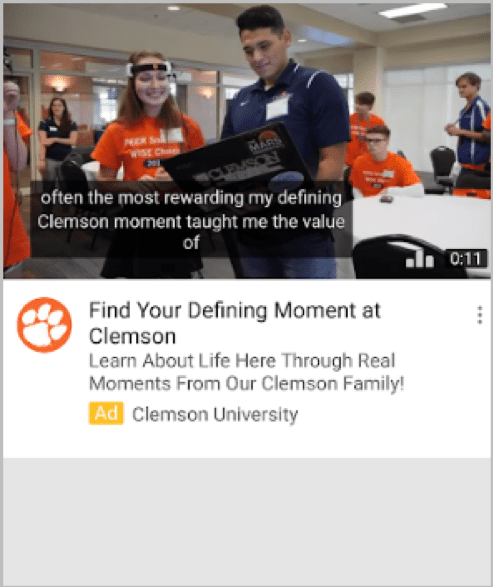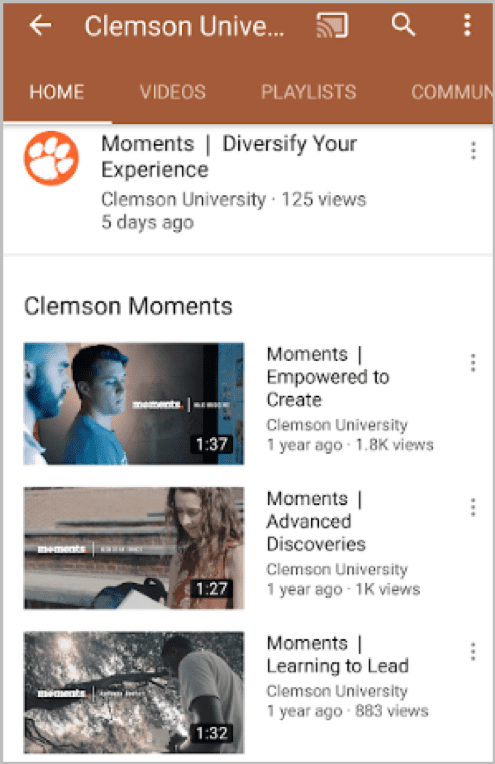Recent research shows that bots can communicate better and faster than humans
It seems that almost every day, pundits warn us about the dangers of implementing AI-based apps too quickly. One oft-cited Oxford University study predicted that nearly half of total US jobs could be lost through automation. But fear not, when it comes to automation in the context of higher education. Because here, AI-powered messaging apps are actually a very good thing.
Download our Free Resource – Essential marketing models
This free guide has been created to help today’s marketers apply our pick of the most popular established frameworks to aid their decision making.
Access the Essential marketing models for business growth
These apps significantly lower administrative costs while also raising student satisfaction and enrollment rates. Specifically, these apps have:
- Lower service costs. Schools just need to pay for the 'startup' costs of their chatbots and related apps. Very few human support agents are needed since they only handle complicated or 'escalation' questions.
- Lightning-fast response times. Human agents simply can’t respond as fast to questions on websites and social channels as automated apps can. Well-coded bots can handle multiple questions at the same time.
- Higher engagement scores on social media. Since students don’t have to wait for a response from university social media monitors, they get instant responses on their favorite social channels.
From the student perspective, these messaging apps fit with how Gen-Z teens want to be helped, which is:
- On their smartphones, through texts and messaging.
- Wherever they are, at any time of day.
- Via smart apps, so they don’t have to ask dumb questions.
Developing and deploying these apps sounds like a clear win-win to me.
Which application stages to automate
The first phase of a prospective college student’s application process involves researching 'best fit' colleges, then completing the Free Application for Federal Student Aid (FAFSA) form. This is is a tedious process, so I won’t get into that here. I’ll instead focus on the 'application, acceptance and enrollment' phases of the new student journey.
Here’s a high-level summary of these phases, and some example steps for each:
Application
- Decide which schools to apply to (a separate process in itself).
- Complete the FAFSA form and submit to all schools. If applicable, also complete and submit the CSS (non-federal) aid form.
- Complete and send applications to all applicable schools by the due dates.
- If the student is admitted, handoff to the Acceptance phase.
Acceptance
- Notify the student when they are accepted.
- Notify the student of any financial aid offered (grants, scholarships, etc.).
- Persuade the prospective student to accept admission (clearly a marketing activity, and one that most schools neglect).
- If the student accepts, handoff to Enrollment phase.
Enrollment
- Inform the student of what they need to do next administratively.
- Inform the student of what payments (tuition, room, board, etc.) are due, and when.
- Help the student with the course selection and signup process - for their first term and perhaps first full year. Of course, this varies based on whether or not the student knows their major.
- Address the student’s logistical needs (e.g. prompting the student to schedule a campus orientation session, explaining the process of getting a dorm room, suggesting social groups to join, etc.).
While this isn’t a complete list, you can see that all of these steps are well defined and therefore automatable.

Automating course sign-up
On many college campuses throughout the US, signing up for classes is a challenge, with cumbersome website interfaces, difficult-to-use search features, and systems that often slow or crash due to high traffic on class registration days.
Bots can help streamline the process by providing up-to-date information about available classes and even suggesting which classes a student should take to fill the necessary requirements. Based on the student’s major/minor, prior classes taken, and academic interests, a well-coded bot could quickly create a suggested schedule.
In addition, for large campuses, bots could warn students when travel time between classes could lead to issues and suggest alternative class times that would better fit their schedules logistically.
A 'student helper' bot could remind the student at regular intervals how close or far they are from achieving the scores they need to pass a class, or advise them on which classes they still need to take to complete their major. Perhaps gamification or a motivational aspect could be built into this bot to further drive students toward completion of their degree. This would help lift the university’s 'percentage of students who graduate in four years' metric, something many universities now promote since it’s a cost saving to parents.
Case Study: Pounce - conversation AI system at Georgia State University
A January 2018 article in the Harvard Business Review, by researchers Lindsay Page and Hunter Gehlbach, showed the benefit of using a conversational AI-based messaging at Georgia State University (GSU). They wanted to know if their messaging app, nicknamed 'Pounce' (after their school mascot) could effectively support would-be freshman as they transitioned to college.
The college transition obviously provides special challenges. For example, after acceptance into college, students must navigate a lot of well-defined but challenging tasks including completing financial aid applications, submitting a final high school transcript, obtaining immunizations, accepting student loans, and paying tuition, among others. Students who fail at these tasks may succumb to what’s called 'summer melt,' the situation where students who accepted admission to a college fail to enroll in courses and pay their first tuition installment.
Page and Gehlbach found that students planning to go to GSU who received Pounce outreach completed their required pre-matriculation tasks and enrolled on-time at significantly higher rates than those who received GSU’s standard outreach. Pounce reduced GSU’s summer melt by 21%. Best of all, these student interventions were done with far fewer staff.

Chatbot-based lead capture
Think about it, where is a prospective student going to go to learn about the experience at each university of interest? They're likely to first visit social media (like Facebook, YouTube or Twitter), chat with friends or visit the school’s website. In each of these places you, as a marketer, need to first discover, and then inform, your prospective students about the things they care about most.
The content, images, and videos you post to your website and social channels should proactively answer the top questions and concerns you hear from prospective and recently enrolled students. You can discover these by analyzing, either manually or with the aid of a text mining app, their chat dialogs, posts on social media, and direct interactions they’ve had with your Admissions department.
Since your website and content creators can’t think of every question prospective students may ask, you should design, develop and offer a smart chatbot on your website that’s tailored to each visitor’s segment (‘prospective student’ in this case), the application stage they’re in, and what they’ve clicked.
For example, for a prospect who only clicked into the 'prospective students' page of your website and paused for 20 seconds, your chatbot could start by asking something like:
"I see that you’re checking out our school. Here’s a short video showing what student life is like at XYZ University. Check it out!"
For a prospect who clicked into your Psychology department page, you could instead say something like:
"I see that you’re considering a Psychology major. Great! Here’s a short video showing a day in the life of a Psych major at XYZ University."
These examples show that your bot should 'speak' like a real, helpful human at your university would.
Pass leads to your video marketing
The ultimate goal of your lead generation efforts, of course, is to persuade your prospects to keep moving down your lead-nurturing funnel. In the higher education market, video marketing should definitely be part of your arsenal.
For example, after a prospect views a 'teaser' portion of the video (e.g. the first 15 seconds) you could ask, 'What would you like to do next?'
- Meet some Psychology Dept professors
- See which careers Psychology majors can pursue
- Learn about related Liberal Arts majors
On these videos, embed a call to action (CTA) button or layer that takes the prospect further down your lead-nurturing funnel, such as to a landing page focused on this lead type.
Examples of video CTAs are:
- 'Download this video'. Require a mobile number to complete the download. Clearly explain that you won’t send any 'spam' messages.
- 'Subscribe to our YouTube channel'. Don’t require a mobile number entry. Just route the visitor to your university’s YouTube channel, where they can then press the 'Subscribe' button.
Whatever you do, think, 'What’s going to better inform this prospect and keep them clicking?' These are the content and actions that will eventually drive up your school’s 'total number of applicants' metric.
Pass leads to your email marketing
If you decide to link to web pages instead of videos, make sure they’re focused landing pages. Use clear forms that show the value of the information, and include trust-building logos and copy. Ask your prospects to download videos, guides, 'day in the life,' or other popular content.
Don’t ask for emails on your lead-generation forms; teenage prospects won’t want to type that in, nor will they want to get these emails. Instead, pre-populate their mobile number from their phone’s SIM card.
Next, after sending your prospective students a couple of texts with informative and trust-building content, send another text giving your recipients the option to receive additional emails. This email capture should then trigger your personalized content marketing to spring into action.
Example: Clemson University
Let’s say you’re a marketing director at Clemson University. A prospective student searches for 'Clemson University' on YouTube, then sees this search result (a paid advertisement in this case).

After viewing this video, they press the 'Find Your Defining Moment at Clemson' copy and continue to the 'Clemson Moments' YouTube channel.

Each 'moment' video they click clearly indicates increasing engagement with your university. Based on this usage data, you can then offer 'next step' actions (on video overlay CTAs).
Let smart messaging apps be your student’s guide
If you clearly define your student admission, acceptance and enrollment processes, automated messaging apps can be more friend than nemesis. They’ll significantly lower your overhead costs, while at the same time providing better and faster answers to your prospective students’ most-asked questions.
Best of all, by proactively supporting your new students, you’ll convince more of them to become happily enrolled, tuition-paying students.









